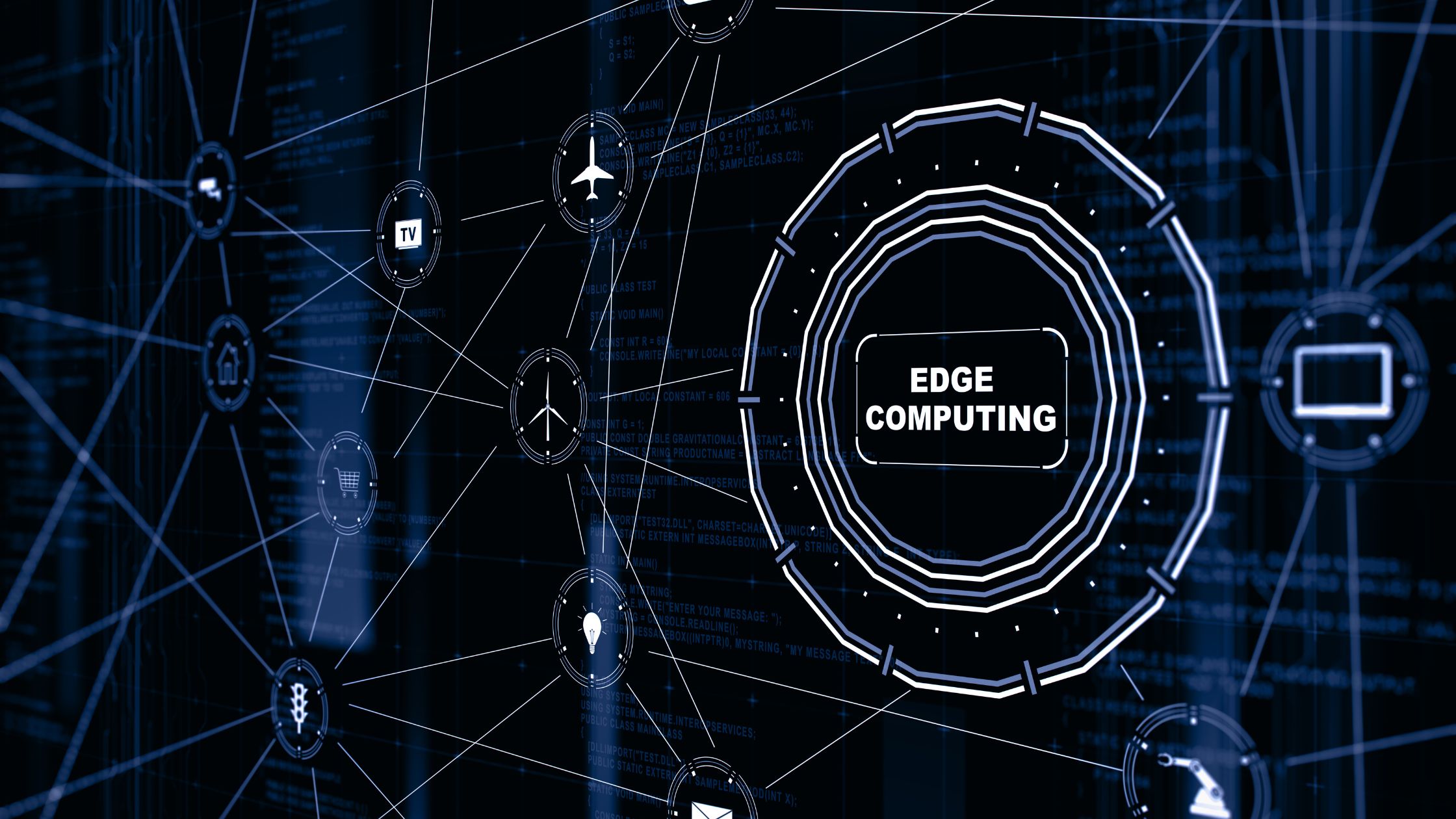Edge computing trends are important in business because edge deployments are now almost everywhere. With the number of edge computing devices growing at an exponential rate – including smartphones, smartwatches, and autonomous vehicles – business professionals must stay current with edge trends as we approach 2022.
Edge Computing Trends:
IoT
The Internet of Things (IoT) is by far the most rapidly expanding umbrella of edge computing devices.
IoT devices include the following:
Smart home appliances
Smartphones \sWearables
Printers for gaming systems
By 2025, the prevalence of smart devices is expected to quadruple. This expansion is expected to significantly expand the capabilities of edge computing. Indeed, the expansion of IoT may result in greater benefits in the edge computing sector, such as lower latency.
The rise of IoT devices will not only fuel edge computing but will also revolutionize industries such as healthcare and education. In fact, IoT devices within edge computing deployments are currently being used in the healthcare industry to help track evolving data sets and remotely monitor facilities.
Security
From cloud computing to artificial intelligence, cybersecurity is a growing concern in 2022. A plethora of emerging technologies, such as 5G and IoT, present their own cybersecurity risks. Edge computing is being used to counteract these potential threats.
Traditional, centralized networking and data storage provide attackers with a single point of attack. Edge computing, in a sense, diversifies this network and improves security.
The expansion of physical data sources is one of the primary threats that edge computing enables. Because edge computing necessitates the placement of more physical resources in the real world, physical attackers have more targets to compromise networks. If malicious actors gain access to these devices, they will be able to extract valuable information, tamper with or destroy node circuits, and even change entire operating systems and node software.
Customer Service
One of the more unusual ways edge computing is being used to help businesses is in the realm of customer experience. Businesses can provide the best customer experience possible by leveraging edge computing’s low latency.
Conglomerates like Disney are using IoT sensors and edge computing to quickly transmit ride performance data. Using this data, adjustments are made to optimize rides and attractions while causing the least amount of disruption to park visitors.
On a more tangible level, the increase in speed that edge computing brings to businesses can have a significant impact on sales. Marketing teams can use this to create more personalized and interactive customer experiences, such as advanced chatbots and even offline interactions.
Workplace Safety for Energy Industries
One of the most tangible and significant advantages of edge computing is its application in the oil and energy industries. These industries have traditionally relied on gathering and transmitting data to remote observational hubs. This means that if sensors were monitoring pressure and electrical conductivity, information about their vulnerable or compromised states could reach the data center long after a critical failure.
These anomalies and issues can now be tracked and resolved more quickly than ever before thanks to edge computing. This is a critical benefit that, like edge computing in healthcare, has the potential to save thousands of lives.
Healthcare Edge Computing
The healthcare industry has been at the forefront of IoT adoption, so it’s only natural that they’re also at the forefront of edge computing technology. Large hospitals are realizing that it is better for operations to keep data close to hand, such as medical sensors, electronic health records, and digital imaging systems, rather than pushing it to the cloud.

Leave a Reply